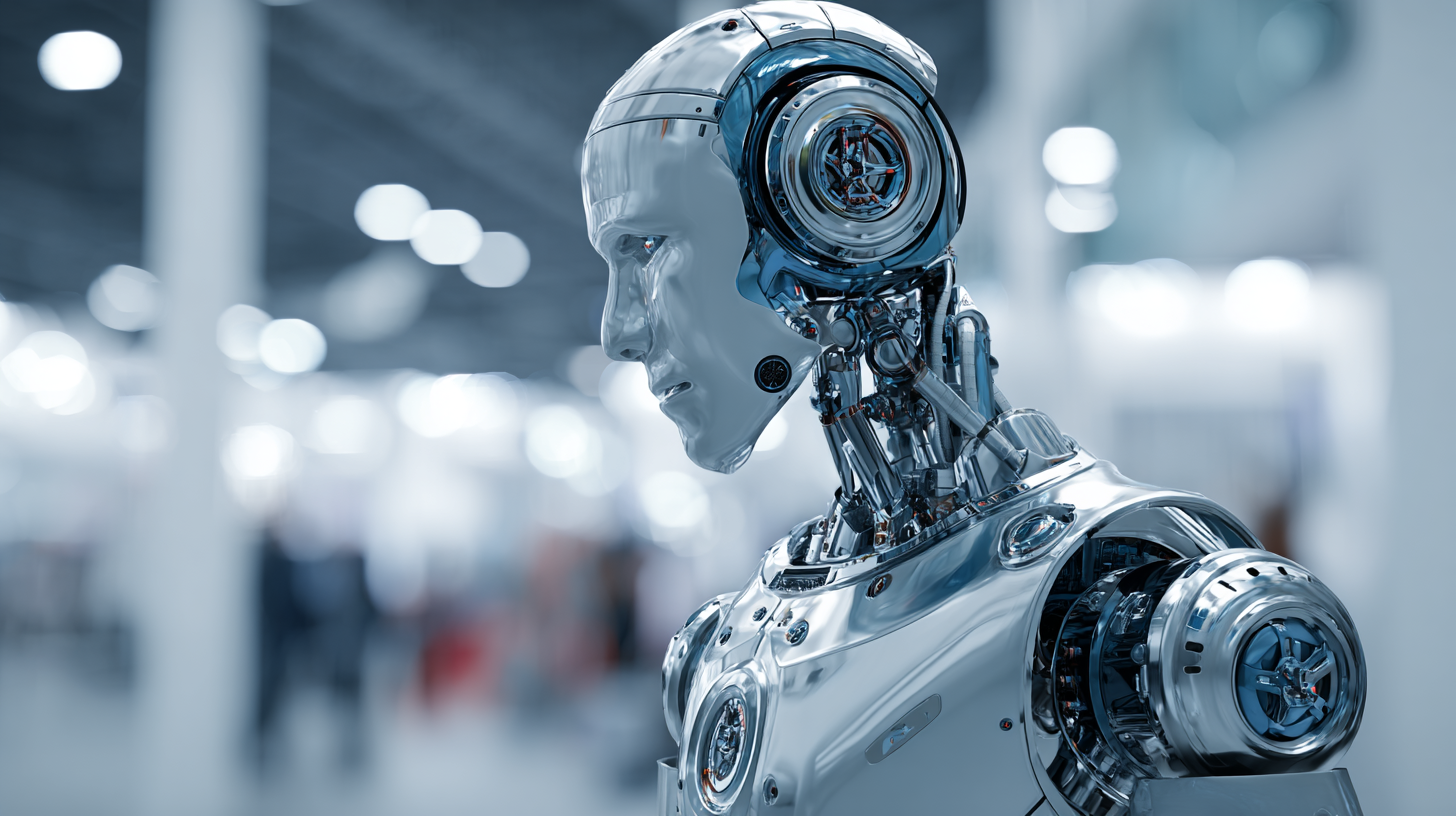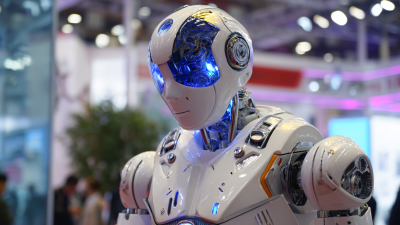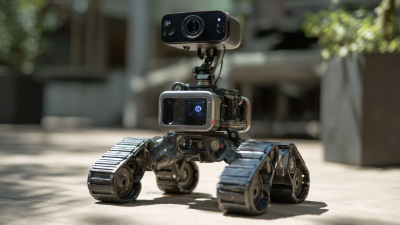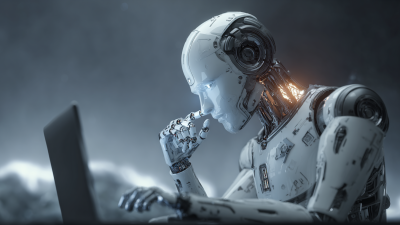Exploring the Future of Robot Servo Technology at the 2025 China Import and Export Fair
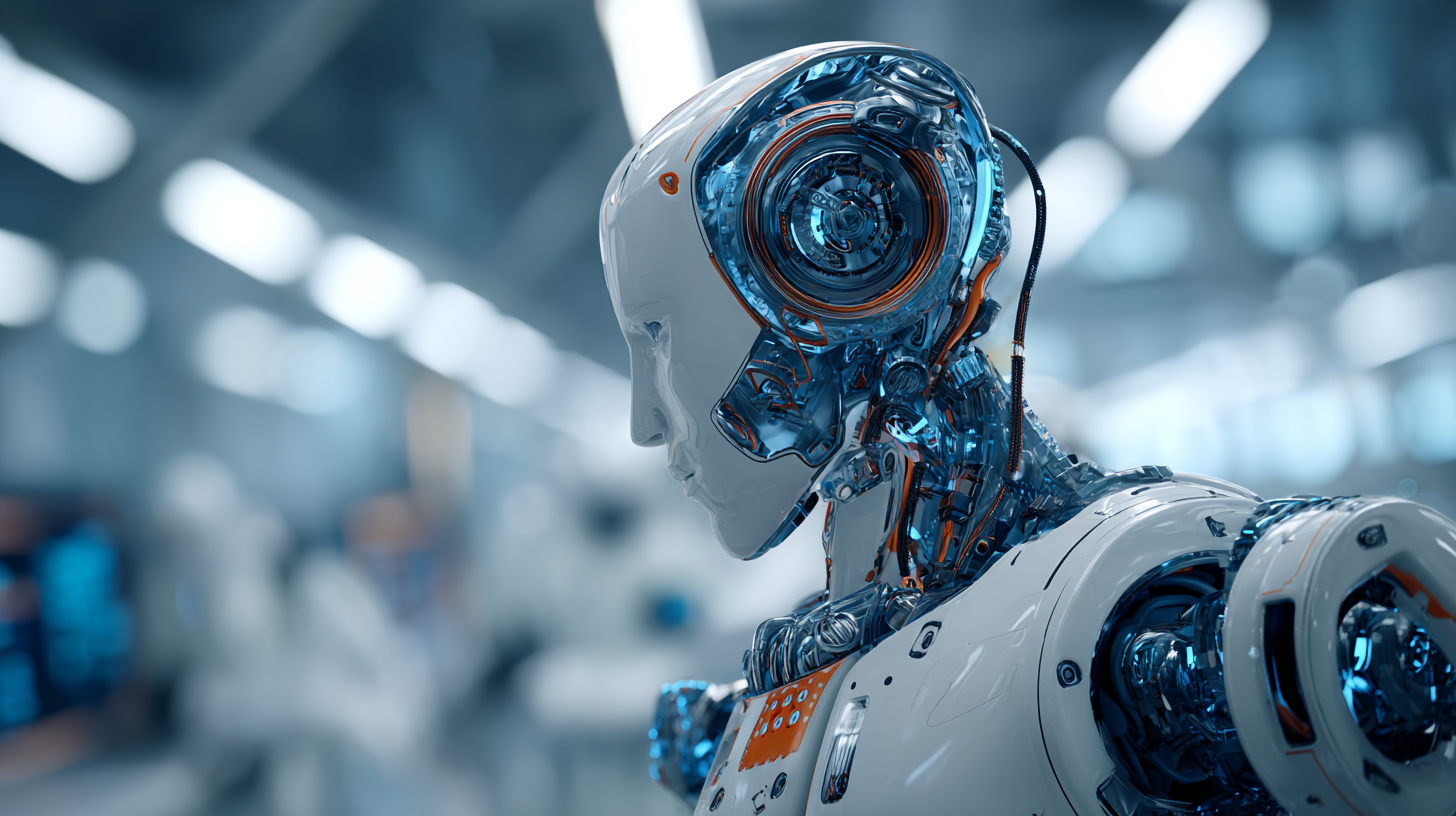 As we prepare for the 138th China Import and Export Fair in 2025, the future of robot servo technology emerges as a pivotal theme in the landscape of automation and robotics. Recent industry reports highlight that the global servo motor market is projected to reach $15 billion by 2026, with a compound annual growth rate (CAGR) of 5.5% from 2021 to 2026. This growth is largely driven by advancements in robotics and increasing demand for automation across various sectors, including manufacturing, automotive, and logistics. Robot servos play a critical role in enhancing precision, efficiency, and adaptability in robotic systems, making them indispensable for modern industrial applications. As companies increasingly integrate smart robotics solutions into their operations, the innovations showcased at the upcoming fair will provide vital insights into the cutting-edge developments shaping the future of robot servo technology.
As we prepare for the 138th China Import and Export Fair in 2025, the future of robot servo technology emerges as a pivotal theme in the landscape of automation and robotics. Recent industry reports highlight that the global servo motor market is projected to reach $15 billion by 2026, with a compound annual growth rate (CAGR) of 5.5% from 2021 to 2026. This growth is largely driven by advancements in robotics and increasing demand for automation across various sectors, including manufacturing, automotive, and logistics. Robot servos play a critical role in enhancing precision, efficiency, and adaptability in robotic systems, making them indispensable for modern industrial applications. As companies increasingly integrate smart robotics solutions into their operations, the innovations showcased at the upcoming fair will provide vital insights into the cutting-edge developments shaping the future of robot servo technology.
The Evolution of Robot Servo Technology: Trends Leading to 2025
The evolution of robot servo technology is set to redefine industrial automation as we approach 2025. Recent advancements highlight the increasing integration of artificial intelligence and machine learning in servo systems, enabling robots to perform tasks with greater precision and adaptability. These technologies allow for real-time adjustments and improved learning capabilities, enabling robots to better respond to dynamic environments and varied operational demands.
Furthermore, the push towards more energy-efficient designs is transforming robot servo technology. Innovations in materials and control algorithms are optimizing power consumption while maintaining high performance. As industries strive for sustainability, the adoption of eco-friendly servo systems will not only reduce operational costs but also align with global environmental goals. By the time of the 2025 China Import and Export Fair, it is anticipated that these advancements will showcase a new era of robotic solutions that prioritize efficiency, adaptability, and sustainability in their design and function.
Exploring the Future of Robot Servo Technology at the 2025 China Import and Export Fair
This bar chart illustrates the projected growth of the global robot servo technology market from 2019 to 2025, highlighting a significant increase as we approach the 2025 China Import and Export Fair. The data reflects the growing interest and investment in advanced robotic technologies.
Key Market Players in the Robot Servo Industry and Their Innovations
The robot servo industry is poised for significant growth as highlighted in recent market analysis. The integrated servo motor market is projected to reach substantial valuations by 2025, driven by increased demand from key sectors such as automotive and manufacturing. The rising trend towards automation in these industries necessitates robust and efficient servo solutions, which is likely to propel the adoption of both AC and DC servo motors across various applications. According to industry reports, the AC servo motor segment is expected to dominate the market, contributed by its superior performance and energy efficiency.
Key players within the robot servo technology sector are consistently pushing the boundaries through innovative solutions. Many of these companies have unveiled advanced products that enhance precision and response times, catering specifically to the evolving needs of end-users. Latest reports indicate that low-voltage systems are becoming increasingly favored among manufacturers, as they offer a safe and energy-efficient alternative for diverse operational requirements. As the competition intensifies, partnerships and strategic collaborations among market leaders are further igniting advancements in servos and automation technologies, indicating a vibrant future for this critical industry at events like the 2025 China Import and Export Fair.
Exploring the Future of Robot Servo Technology at the 2025 China Import and Export Fair
| Market Segment | Key Innovations | Technological Advancements | Market Share (%) | Projected Growth (2025) |
|---|---|---|---|---|
| Industrial Robots | AI Integration | Enhanced Precision | 40% | 20% |
| Medical Robots | Teleoperation Technologies | Robotic Assistance in Surgery | 25% | 30% |
| Agricultural Robots | Autonomous Navigation | Drones for Crop Monitoring | 15% | 25% |
| Service Robots | Emotion Recognition | Interactive Systems | 10% | 40% |
| Logistics Robots | Smart Routing Algorithms | Automated Picking Systems | 10% | 35% |
Projected Growth Rates of the Global Robot Servo Market by 2025
The global smart manufacturing market is projected to undergo significant expansion, with estimates suggesting an increase from $394.35 billion in 2025 to nearly $998.99 billion by 2032, reflecting a robust annual growth rate of 14.2%. This growth trajectory highlights the increasing reliance on automation and robotics as fundamental components of modern manufacturing. As industries pivot towards automation, the demand for advanced robot servo technologies will be critical to enhancing precision and efficiency, creating a favorable environment for innovation and investment in this sector.
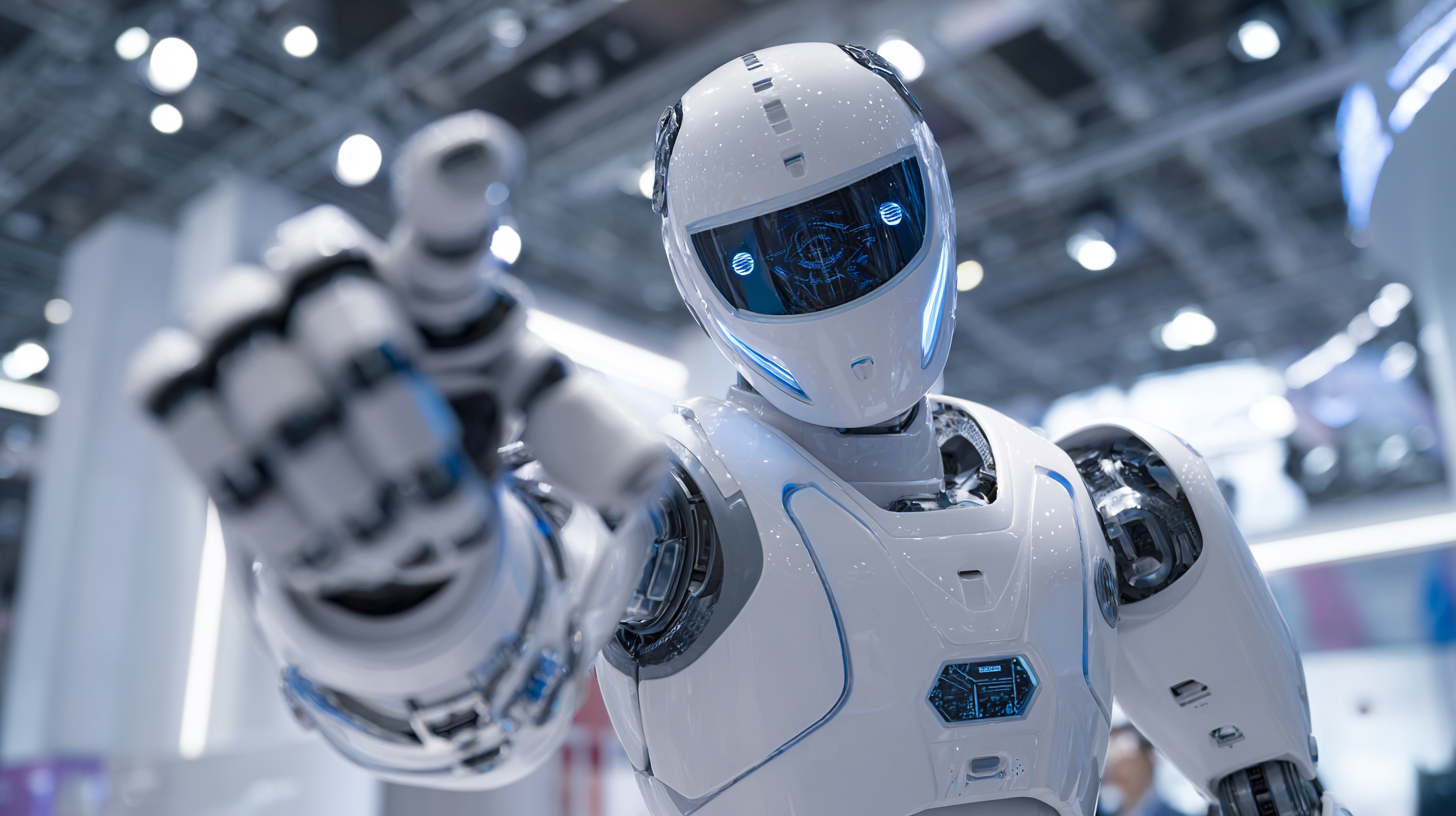
In tandem with the rapidly evolving landscape of robotics, recent reports indicate that China's industrial robot export market captured a significant global share, ranking second worldwide. In the first half of 2025 alone, China exported approximately 94,200 industrial robots, a remarkable surge of 59.74% compared to the previous year. This rapid growth underscores China's transition from a manufacturing hub to a leader in high-tech robotics, driven by advancements in artificial intelligence and sophisticated control systems that enhance the capabilities of humanoid robots and collaborative machines. The convergence of AI and robotics is set to redefine production methodologies on a global scale.
Impact of AI and Machine Learning on Future Robot Servo Applications
As we look ahead to the 2025 China Import and Export Fair, the intersection of AI and machine learning with robot servo technology promises to revolutionize various industrial applications. According to a recent report by MarketsandMarkets, the global servo motor market is projected to reach
$12.7 billion by 2025, with significant contributions from AI-driven innovations. These advancements are expected to enhance
precision, efficiency, and adaptability in robotics, paving the way for smarter automation solutions across sectors like manufacturing, logistics, and healthcare.
The integration of AI algorithms in servo systems allows for real-time data processing and predictive analytics, enabling robots to learn from their environment and improve their performance over time. A report from Allied Market Research highlights that the machine learning applications in robotics are anticipated to grow at a compound annual growth rate (CAGR) of
42.8% from 2020 to 2027. This growth signifies a shift towards more autonomous systems capable of performing complex tasks with minimal human intervention.
As we explore the future of robot servo technology, the implications of these advancements on productivity and efficiency will undoubtedly reshape industry standards.
Sustainability and Energy Efficiency in Next-Gen Robot Servo Systems
At the 2025 China Import and Export Fair, the spotlight will be on the evolving landscape of robot servo technology, with a particular emphasis on sustainability and energy efficiency. Next-generation robot servo systems are designed not only to maximize performance but also to minimize their environmental footprint. These advancements could potentially revolutionize manufacturing processes, allowing for more intelligent and responsive machinery that uses significantly less energy while maintaining optimal performance levels.
Tips for implementing energy-efficient servo systems include regularly updating software to enhance machine performance and integrating adaptive control algorithms that optimize power consumption in real-time. Additionally, investing in high-quality components can lead to reductions in energy costs and improvements in operational lifespan, making these systems both cost-effective and eco-friendly.
Furthermore, collaboration between industries and research institutions will drive innovation in sustainable practices. By pooling resources and knowledge, the development of eco-conscious technologies in the robotics sector will accelerate, paving the way for enhanced energy-efficient solutions. This cooperative approach not only fosters innovation but also solidifies the commitment of the industry to sustainable growth and environmental responsibility.
